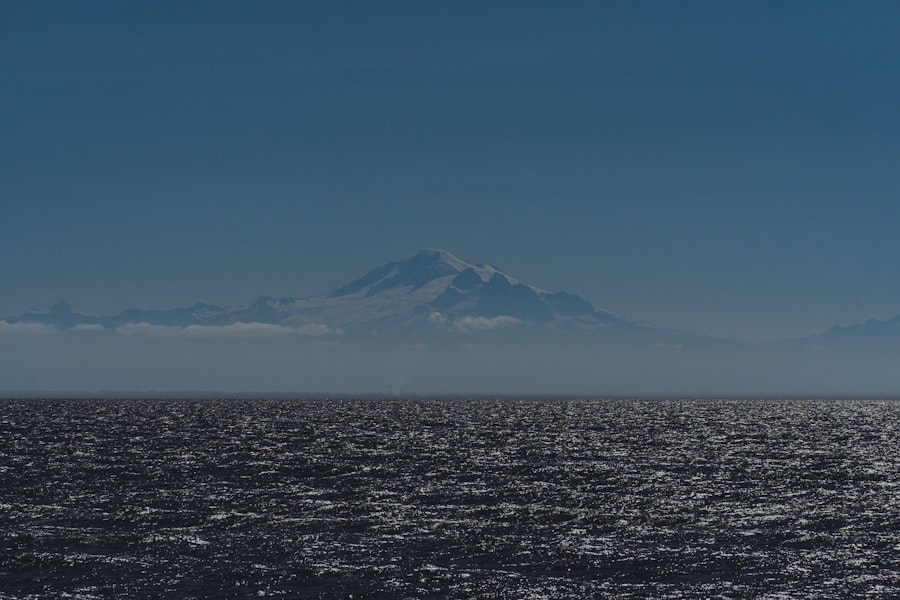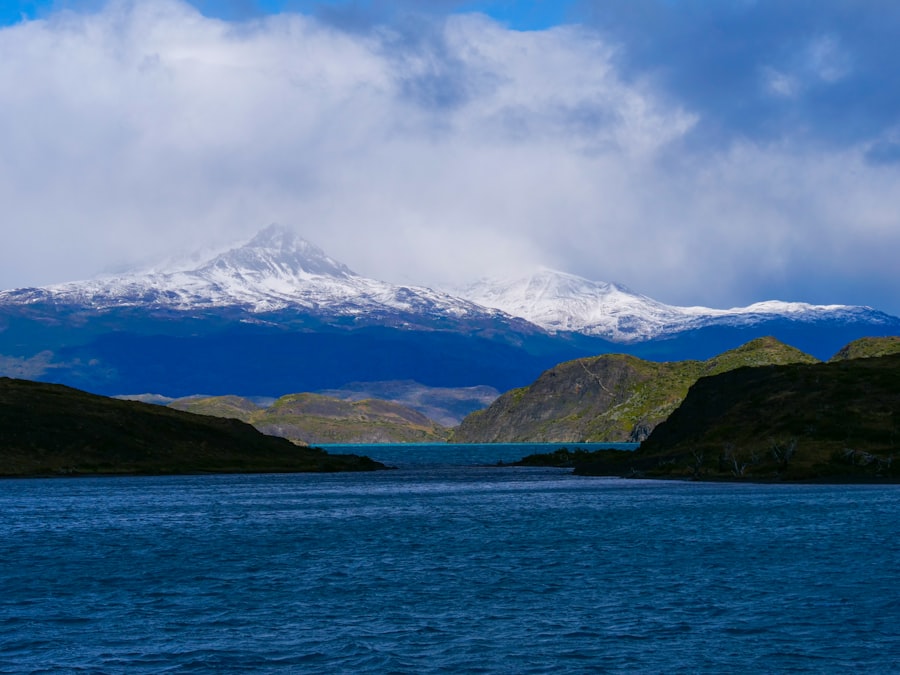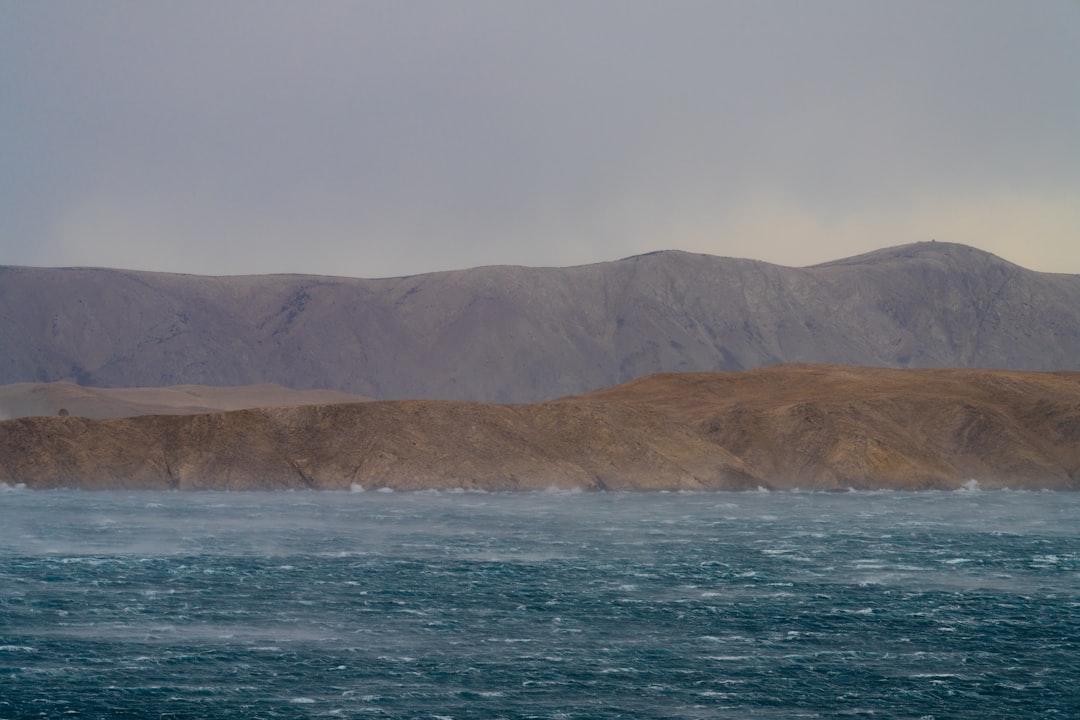The Drake Passage, a body of water that separates South America from Antarctica, is renowned for its tumultuous seas and breathtaking vistas. Stretching approximately 600 kilometers (370 miles) between Cape Horn and the Antarctic Peninsula, this passage is not only a critical maritime route but also a gateway to one of the most remote and pristine regions on Earth. The waters are often characterized by their unpredictable weather patterns, fierce winds, and towering waves, making navigation both a challenge and an adventure.
For many travelers, crossing the Drake Passage is a rite of passage, a thrilling prelude to the wonders that await in the icy realms of Antarctica. The significance of the Drake Passage extends beyond its geographical features; it serves as a vital link for marine ecosystems and global climate patterns. The confluence of the Atlantic and Pacific Oceans creates a unique environment that supports diverse marine life.
As explorers and adventurers embark on journeys through these waters, they are not only traversing a physical space but also engaging with a rich tapestry of history, ecology, and culture that defines this remarkable region.
Key Takeaways
- The Drake Passage is a treacherous body of water located between the southern tip of South America and the northern tip of Antarctica.
- The significance of the Drake Passage in maritime history is immense, as it has been a crucial route for explorers and scientists for centuries.
- When planning a trip to explore Argentina’s Southern Waters, it is important to consider the weather and sea conditions in the Drake Passage.
- The best time to navigate the Drake Passage is during the austral summer, from November to March, when the weather is milder and wildlife is abundant.
- Crossing the Drake Passage presents challenges such as rough seas and strong winds, so it is important to be well-prepared and have a flexible itinerary.
Understanding the significance of the Drake Passage in maritime history
Historically, the Drake Passage has played a pivotal role in maritime exploration and trade. Named after Sir Francis Drake, the English sea captain who navigated these waters in the late 16th century, the passage has been both a perilous route and a source of fascination for sailors throughout the ages. The treacherous conditions posed by the passage have led to countless shipwrecks and tales of survival, cementing its reputation as one of the most formidable maritime challenges.
Navigators have long sought to conquer its unpredictable currents and fierce storms, making it a symbol of human resilience and determination. In addition to its historical significance, the Drake Passage has been instrumental in shaping our understanding of oceanography and climate science. The unique hydrological dynamics at play in this region contribute to global ocean currents, influencing weather patterns far beyond its immediate vicinity.
Researchers have studied the passage extensively to gain insights into climate change and its effects on marine ecosystems. As such, the Drake Passage stands as a testament to humanity’s ongoing quest for knowledge and exploration, bridging the gap between past endeavors and future discoveries.
Planning a trip to explore Argentina’s Southern Waters

For those eager to experience the wonders of Argentina’s Southern Waters, careful planning is essential. The journey typically begins in Ushuaia, the southernmost city in the world, which serves as a launching point for expeditions into the Drake Passage and beyond. Travelers can choose from various tour operators that offer guided trips ranging from short excursions to extended voyages.
It is advisable to research different itineraries, as some may focus on wildlife viewing while others emphasize adventure activities or cultural experiences. When planning a trip, travelers should also consider their personal interests and physical capabilities. Some may prefer a leisurely cruise that allows for ample time to soak in the stunning landscapes, while others may seek an adrenaline-fueled adventure filled with kayaking, hiking, and wildlife encounters.
Regardless of the chosen path, it is crucial to book accommodations and excursions well in advance, especially during peak travel seasons when demand surges. By taking these steps, travelers can ensure a memorable experience exploring the breathtaking Southern Waters of Argentina.
Choosing the right time of year to navigate the Drake Passage
| Month | Sea Conditions | Weather | Wildlife Sightings |
|---|---|---|---|
| November | Rough seas | Unpredictable | Possible sightings of whales |
| December | Variable | Warmer temperatures | Abundant wildlife |
| January | Calmer seas | Long daylight hours | Opportunities to see penguins and seals |
| February | Calmer seas | Warmest month | Peak time for wildlife sightings |
Timing is everything when it comes to navigating the Drake Passage. The best time to embark on this journey typically falls between late October and early March, coinciding with the Southern Hemisphere’s summer months. During this period, weather conditions are generally more favorable, with calmer seas and milder temperatures.
This window not only enhances safety but also increases opportunities for wildlife sightings, as many species are more active during these months. However, even during peak season, travelers should remain prepared for sudden changes in weather. The Drake Passage is notorious for its rapidly shifting conditions, which can transform from serene to stormy in a matter of hours.
Therefore, flexibility in travel plans is essential. Those who venture into these waters should be ready for anything—from smooth sailing to exhilarating waves—making each crossing an unforgettable experience that adds to the allure of this remarkable journey.
Preparing for the challenges of crossing the Drake Passage
Crossing the Drake Passage is not for the faint of heart; it requires thorough preparation and an adventurous spirit. Travelers should equip themselves with appropriate clothing and gear designed for cold and wet conditions. Layering is key, as temperatures can fluctuate dramatically throughout the day.
Waterproof jackets, insulated layers, sturdy footwear, and accessories such as gloves and hats are essential for staying warm and dry during the crossing. In addition to physical preparations, mental readiness is equally important. The unpredictable nature of the passage can lead to seasickness for some travelers.
It is advisable to consult with a healthcare professional about preventative measures or medications that can help alleviate symptoms. Embracing a positive mindset can also enhance the experience; viewing potential challenges as part of the adventure can transform moments of discomfort into stories worth sharing.
Exploring the wildlife and natural beauty of Argentina’s Southern Waters

One of the most captivating aspects of Argentina’s Southern Waters is its rich biodiversity. The region is home to an array of marine life, including seals, sea lions, whales, and various species of seabirds. As travelers navigate through these pristine waters, they often find themselves surrounded by breathtaking landscapes characterized by towering glaciers, rugged coastlines, and vibrant blue seas.
The opportunity to witness wildlife in their natural habitat adds an exhilarating dimension to any journey through this region. Many tour operators offer specialized excursions focused on wildlife observation. These trips often include guided tours led by knowledgeable naturalists who provide insights into the behaviors and habitats of various species.
Whether observing playful sea lions basking on rocky shores or spotting majestic humpback whales breaching in the distance, travelers are sure to be enchanted by the natural beauty that unfolds before them. Each encounter serves as a reminder of the delicate balance within these ecosystems and underscores the importance of conservation efforts in preserving such extraordinary environments.
Visiting the historic sites and research stations in the region
In addition to its stunning landscapes and wildlife, Argentina’s Southern Waters are steeped in history and scientific exploration. Numerous historic sites dot the coastline, offering glimpses into past expeditions and research endeavors. One notable location is Puerto Toro, a small fishing village on Navarino Island that holds historical significance as one of the southernmost settlements in the world.
Visitors can explore remnants of early settlements and learn about the challenges faced by those who inhabited this remote area. Research stations also play a crucial role in understanding climate change and its impact on polar regions. The Argentine Antarctic Base Esperanza is one such facility where scientists conduct vital research on glaciology, biology, and meteorology.
Some tours may include visits to these stations, providing travelers with an opportunity to engage with researchers and gain insights into their work. These experiences not only enrich travelers’ understanding of the region but also highlight humanity’s ongoing quest for knowledge in one of Earth’s last frontiers.
Learning about the indigenous cultures of the Southern Waters
The Southern Waters are not only defined by their natural beauty but also by their rich cultural heritage. Indigenous communities have inhabited this region for thousands of years, each with unique traditions and ways of life closely tied to their environment. The Yaghan people are one such group whose ancestral lands encompass parts of Tierra del Fuego and surrounding islands.
Their deep connection to nature is reflected in their customs, language, and storytelling traditions. Travelers interested in cultural immersion can seek out opportunities to learn from indigenous guides who share their knowledge about traditional practices and beliefs. Engaging with local communities fosters a deeper appreciation for their history and resilience in adapting to changing circumstances over time.
By understanding these cultures, visitors can gain valuable insights into how indigenous peoples have navigated their relationship with this stunning yet challenging landscape.
Participating in adventure activities such as kayaking and hiking in the region
For those seeking an adrenaline rush amidst breathtaking scenery, Argentina’s Southern Waters offer an array of adventure activities that cater to thrill-seekers. Kayaking through glacial fjords allows travelers to get up close to towering ice formations while navigating serene waters teeming with marine life. Paddling alongside seals or witnessing glaciers calving into the sea creates unforgettable memories that resonate long after returning home.
Hiking opportunities abound as well; trails wind through lush forests and along rugged coastlines, providing stunning vistas at every turn. Guided hikes often lead participants to hidden gems such as secluded beaches or panoramic viewpoints overlooking dramatic landscapes. Whether embarking on a leisurely stroll or tackling more challenging treks, adventurers are rewarded with unparalleled views that showcase nature’s artistry in this remote corner of the world.
Understanding the environmental importance of preserving Argentina’s Southern Waters
As travelers explore Argentina’s Southern Waters, it becomes increasingly evident that environmental preservation is paramount for maintaining this fragile ecosystem. The region faces numerous threats from climate change, pollution, and overfishing—issues that require collective action from governments, organizations, and individuals alike. Understanding these challenges fosters a sense of responsibility among visitors who wish to protect this pristine environment for future generations.
Engaging with organizations dedicated to marine protection allows travelers to contribute positively during their visit—whether through volunteer opportunities or educational programs focused on environmental stewardship. By raising awareness about these critical issues, visitors can play an active role in safeguarding one of Earth’s last wild frontiers.
Reflecting on the unique experience of navigating the Drake Passage
Navigating the Drake Passage is more than just a journey across turbulent waters; it is an immersive experience that intertwines adventure with education and cultural exploration. From witnessing awe-inspiring wildlife to learning about indigenous cultures and engaging with environmental conservation efforts, travelers leave with lasting memories that extend far beyond their time spent at sea.
The Drake Passage serves as both a physical barrier between continents and a bridge connecting people with some of Earth’s most extraordinary landscapes. For those fortunate enough to embark on this voyage, it becomes not just a crossing but an unforgettable chapter in their own story of exploration and discovery.
The Drake Passage, a notorious body of water between the southern tip of South America and Antarctica, is a significant route for maritime navigation and a fascinating subject for those interested in geography and oceanography. For those looking to explore more about the geographical significance and challenges of navigating this treacherous passage, you might find the article on
